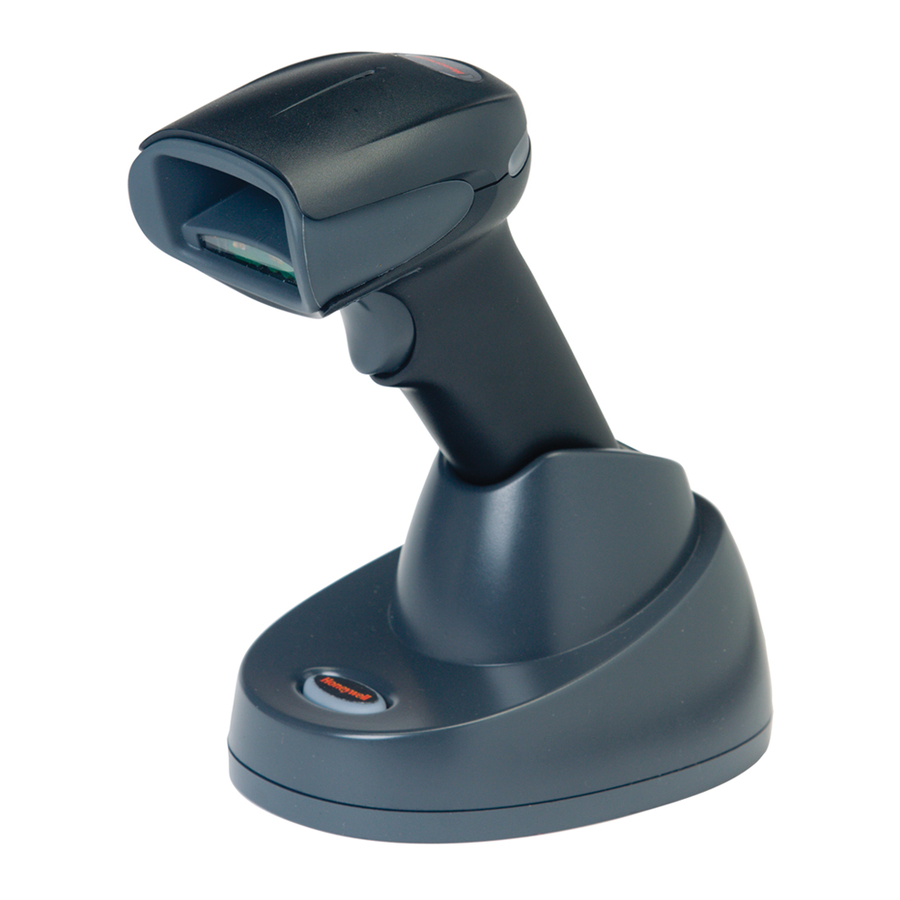
Honeywell Xenon 1900 User Manual
Hide thumbs
Also See for Xenon 1900:
- User manual (364 pages) ,
- Quick start manual (21 pages) ,
- User manual (288 pages)
Table of Contents
Advertisement
Quick Links
Download this manual
See also:
User Manual
Advertisement
Table of Contents
Troubleshooting
















Need help?
Do you have a question about the Xenon 1900 and is the answer not in the manual?
Questions and answers